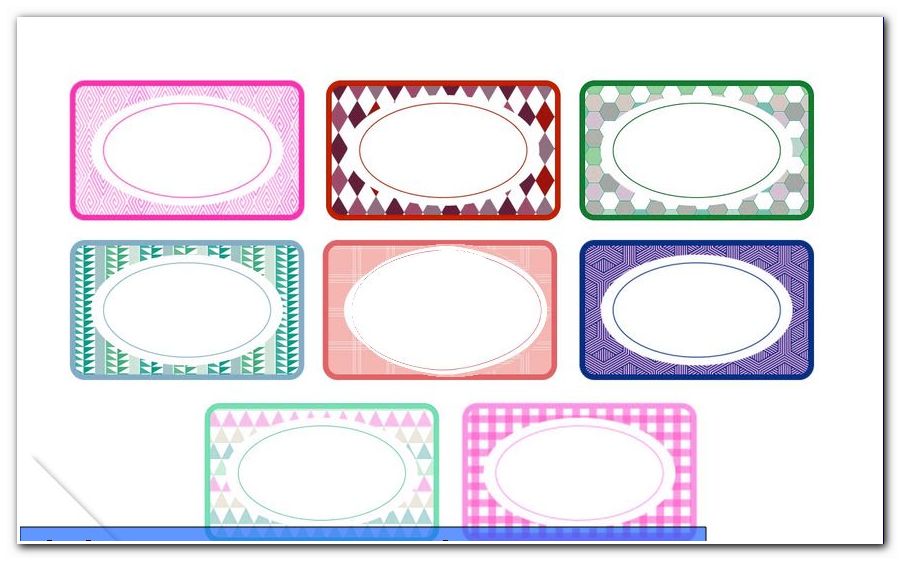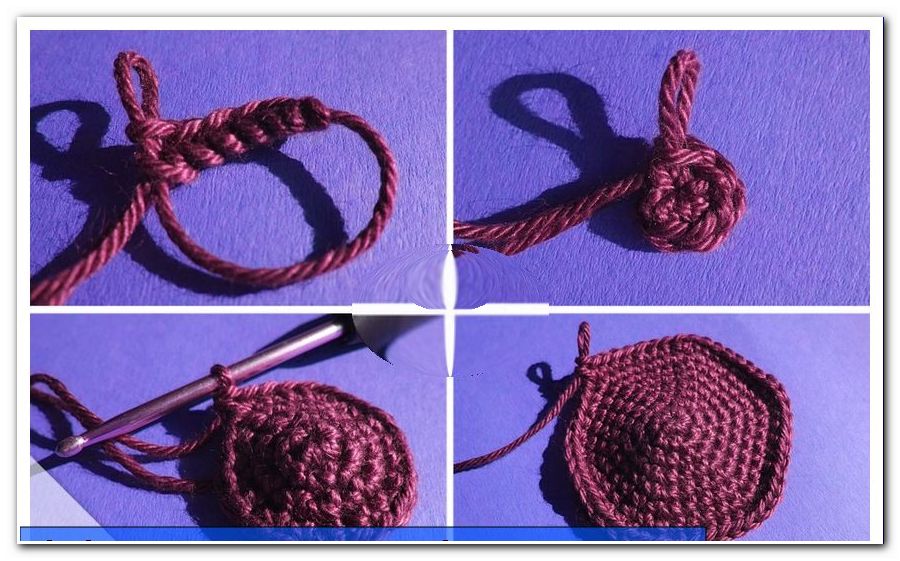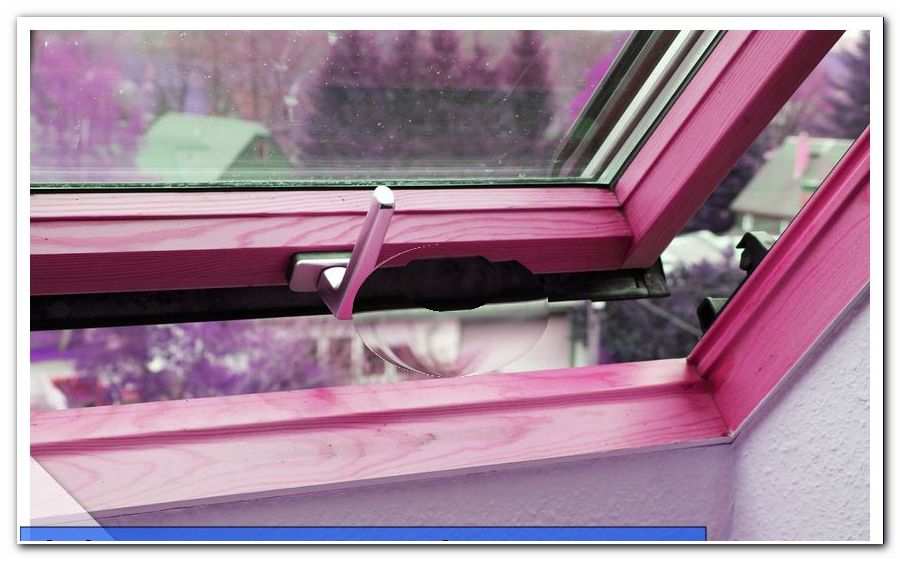Paint spider web - this is how you draw a simple web

- The spiderweb in the corner
- The spider web
- Version 1: The classic
- Version 2: The spiral
As many different species of spiders as there are on Earth, there are just as many different species to build a spider web. Here we show the "classic" comic-like cobwebs in different designs.
A spider web consists of scaffolding threads and adhesive threads. The combination of both creates an optimal statics that ensures the survival of the spider. We show how you can quickly paint a spider's web with simple steps without being able to master and still get a very good result.
Tip: If you want to draw a spider web, it does not depend on perfection, even on the contrary. With freehand-work and small deliberate or accidental "mistakes", a net looks much more authentic.
The spiderweb in the corner
You need:
- paper
- pen
- ruler
- protractor
Step 1:
You choose a corner in which the spider-web should hang and start from this corner with a vertical and a horizontal line, as far as the net should be large.

Depending on how many struts the finished spider web should have, must now be drawn accordingly many. We decided on two more spider threads. For this, the 90 degree angle (right angle) is divided into three parts. The easiest way is with a protractor. We place the protractor on the two lines and each record an angle of 30 degrees (90 ° / 3 = 30 °). Connect these points with the corner and the skeleton is ready.

Now all that's left is to spin the sticky cross threads with which the spider catches its food. Just connect the lines with a slight sweep towards the corner. We start in the middle so that the turns to the two sides become more even.

Repeat this from section to section, always starting where the other cross thread has stopped, until all parts have got their line and the spider web is already finished in the corner.

Tip: If the baselines get a little too long, you can still join the two outer corners, so that the cobwebs do not hang in nothing. So the net looks a bit more realistic, because the threads can not go into the void.

The spider web
There are two possibilities for a whole spider web: either you start with the framework or with the sticky spider threads.
Required material:
- paper
- pen
- ruler
- protractor
Version 1: The classic
You paint a big cross (a vertical and a horizontal line that cross in the middle).

Next, draw two (or more) through the middle. So actually the same cross again, just turned 45 degrees.

After the skeleton is already finished, now come the filaments. For this purpose, the framework threads are connected with a slight swing.

Either you go around the whole spider web or work the compartments off individually until the whole net is filled with cobwebs.

Version 2: The spiral
The simplest and most creative (or craziest) option is simply to paint a spiral. Paint here as many rounds as you want or have space. It does not matter how the distances are and how straight or crooked the net looks.

Then come the structural threads added. Simply draw strokes from the center to the outside.

In the end, a few threads can be added to the "stabilization" and it's done.

It may not be the prettiest spider web, but it is certainly unique and sometimes comes closest to the nets and cobwebs in the wild.




